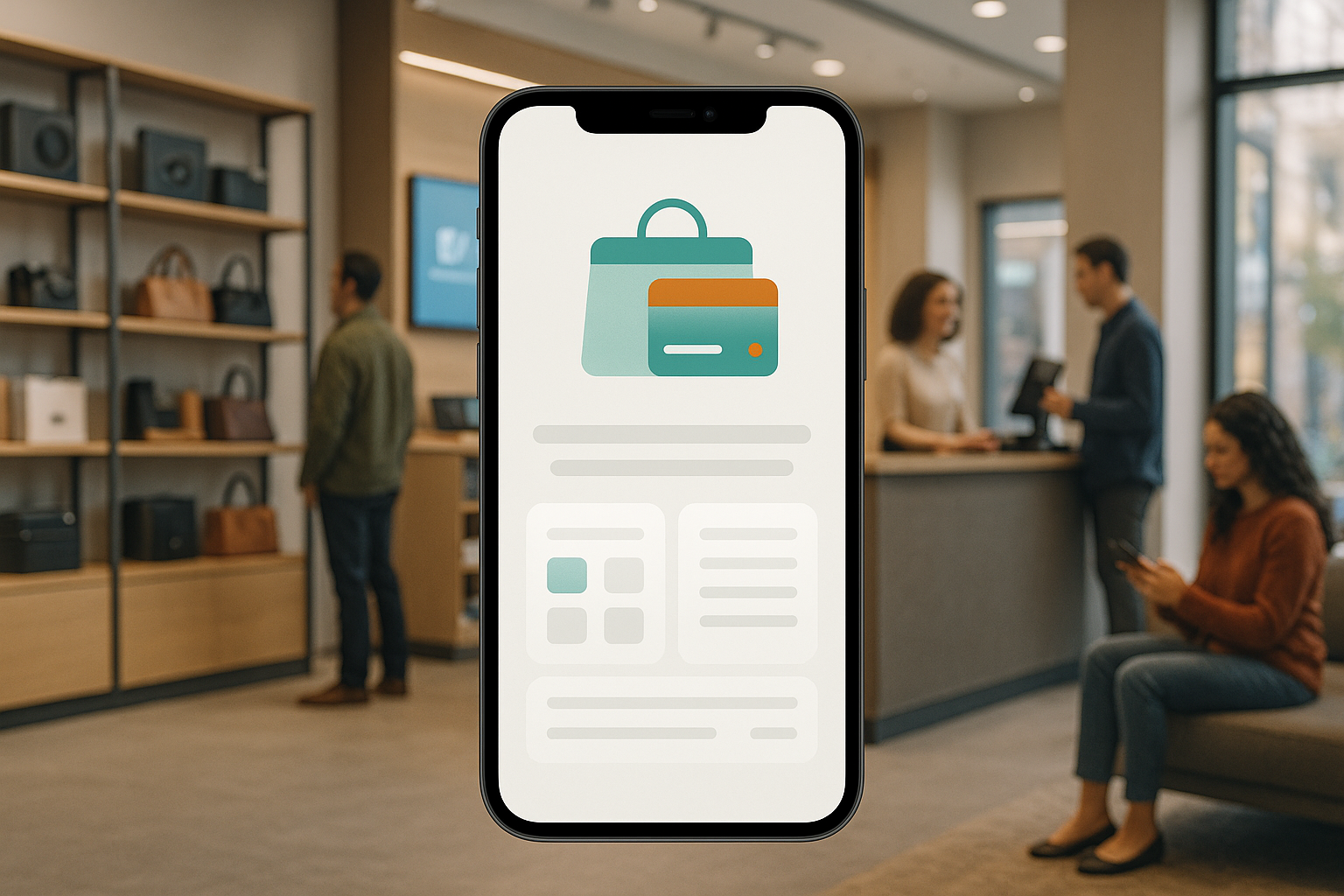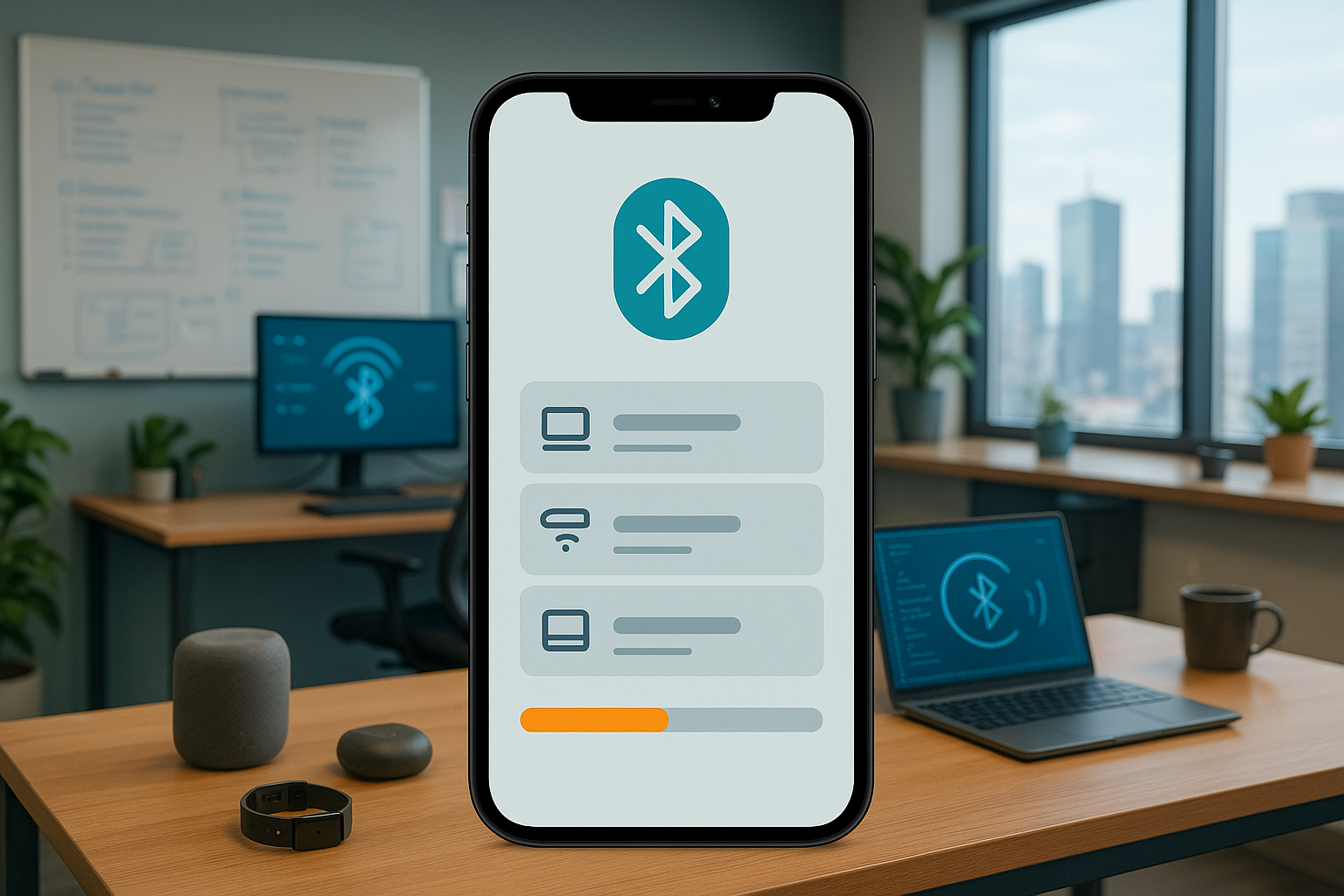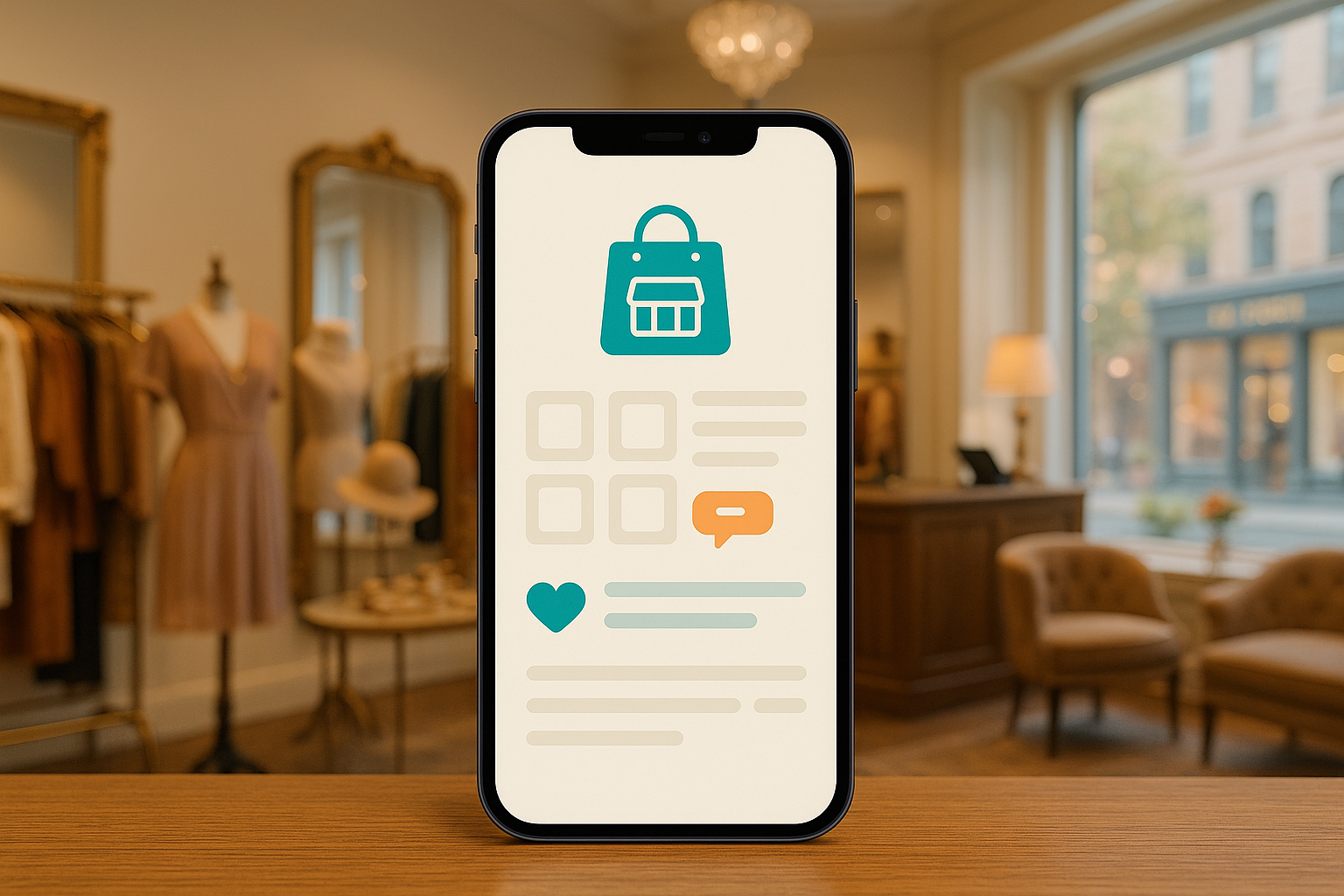The Buy Now, Pay Later (BNPL) market has exploded, fundamentally changing how consumers shop and pay for goods. For businesses, this presents a tremendous opportunity to tap into a rapidly growing sector. However, the path from a great idea to a successful, market-ready BNPL application is fraught with complexity. Developing a BNPL app is not merely about creating a payment gateway; it involves navigating a labyrinth of financial regulations, implementing fortress-like security, and engineering sophisticated systems for risk assessment and fraud prevention.
This article serves as a comprehensive guide to the world of BNPL app development. We will dissect what a BNPL app truly is, explore the significant challenges that make in-house development a formidable task, and detail the various business models that define the landscape. Furthermore, we will provide a realistic breakdown of development costs and introduce the leading companies that can turn your vision into a reality.
As a top US AI-powered app development firm, we at MetaCTO have over 20 years of experience turning complex ideas into successful mobile applications. We understand that launching a fintech product requires more than just code; it demands a strategic partner who can guide you through every stage—from validating your MVP to building a scalable, secure, and compliant platform. This guide will leverage our deep industry expertise to illuminate the path forward for your BNPL venture.
What is a BNPL App?
At its core, a Buy Now, Pay Later (BNPL) app allows consumers to purchase items immediately and pay for them over time through a series of interest-free or interest-bearing installments. This model offers a flexible alternative to traditional credit, empowering consumers with greater control over their cash flow. However, it is a prevalent misconception, especially among traditional financial players, to view these apps as pure financing offerings. The reality is far more nuanced and ambitious.
Leading BNPL providers like Klarna and Afterpay are not just building payment tools; they are architecting integrated shopping platforms. These platforms are designed to engage the consumer through the entire purchase journey, from the initial discovery phase (prepurchase) to the final payment and beyond (post-purchase). Their aspiration extends to becoming a “super app,” a single, all-encompassing platform that seamlessly integrates shopping, payments, financing, and even banking products, akin to the models perfected by giants like China’s TMall or Ant Group.
This integrated approach creates multiple revenue streams beyond simple financing. Top providers already monetize consumer engagement through affiliate marketing, where merchants pay a premium for traffic driven from the BNPL app, and by cross-selling other financial products like credit cards and bank accounts. The goal is to treat the merchant checkout as a low-cost consumer acquisition channel. Once a user signs up, the provider can cultivate a long-term relationship, monetizing a highly engaged user base through diverse offerings. This strategy transforms the app from a simple utility into a central hub for a consumer’s shopping and financial life.
Reasons It Is Difficult to Develop a BNPL App In-House
Embarking on the development of a BNPL application is a significant undertaking that extends far beyond typical app creation. The inherent complexities of finance, security, and regulation make in-house development a challenging and often perilous path for those without deep, specialized expertise. Here are the primary obstacles you will face.
Navigating the Maze of Regulatory Compliance
Regulatory compliance is arguably the single greatest obstacle in BNPL app development. These applications operate in the highly regulated fintech space, and failure to comply with a myriad of laws can result in severe penalties, operational shutdowns, and irreparable damage to your brand.
- Lending Laws and Interest Rate Caps: It is the developer’s responsibility to ensure the app adheres to all local, state, and national laws governing lending. This includes strict adherence to interest rate caps, disclosure requirements, and consumer protection statutes. These laws vary dramatically between jurisdictions, adding a significant layer of complexity.
- Data Protection Regulations: BNPL apps handle vast amounts of sensitive personal and financial data. Consequently, they must comply with stringent data protection regulations such as the General Data Protection Regulation (GDPR) in Europe and similar laws elsewhere.
- Financial Standards: Adherence to standards like the Payment Card Industry Data Security Standard (PCI DSS) is non-negotiable for handling card data. Furthermore, robust Anti-Money Laundering (AML) and Know Your Customer (KYC) frameworks must be integrated to prevent illicit activities.
- Licensing: Businesses must acquire all necessary licenses to operate legally as a lending or financial services provider in their target markets. This is a time-consuming and expensive process that requires legal expertise.
Integrating these legal and regulatory considerations from day one is crucial. Attempting to retrofit compliance into a nearly-finished product is not only difficult but can lead to expensive architectural changes and significant delays.
Implementing Foolproof Security Measures
Given the nature of the data they process, BNPL apps are prime targets for cyberattacks and data breaches. Building a secure application is not a feature; it is the foundation upon which user trust is built.
- End-to-End Protection: The app must offer full protection against a wide range of threats. This requires a multi-layered security strategy.
- Essential Security Technologies: Developers must implement a variety of security measures. These include:
- Tokenization: Replacing sensitive card data with a unique, non-sensitive equivalent token.
- End-to-End Encryption: Using secure encryption methods, such as SSL/TLS, to protect data both in transit and at rest.
- Two-Factor Authentication (2FA): Adding an extra layer of security to the login process to verify user identity.
- Biometric Access: Integrating fingerprint or facial recognition provides a secure and convenient authentication method, though it adds to development cost and complexity.
Sophisticated Fraud Detection and Prevention
Fraud is an ever-present risk in the financial world. For BNPL, especially models with short repayment tenures like “Pay in 4,” identifying a user’s intent to defraud at the point of application can be even more important than assessing their long-term ability to repay.
An in-house team would need to build a robust system capable of identifying and mitigating fraudulent transactions in real time. This is not a simple if-then-else logic problem. It requires advanced mechanisms, including real-time transaction monitoring and the development of machine learning algorithms that can detect anomalous patterns and predict fraudulent behavior with high accuracy. Building, training, and maintaining these AI models demands a specialized skillset that is often outside the scope of a general development team.
Advanced Credit Risk Assessment
Traditional credit scores often fail to paint a complete picture of a consumer’s creditworthiness, particularly for younger demographics or those with thin credit files. A successful BNPL app must develop its own proprietary algorithms to assess risk more accurately.
This involves striking a pivotal balance between managing risk and ensuring accessibility. Make the criteria too strict, and you alienate a huge portion of your potential user base. Make it too lenient, and your default rates will soar. Developing these algorithms requires not only data scientists but also deep integrations into merchant systems to leverage SKU-level data, which can provide insights into the nature of a purchase and its associated risk.
Partnering with an experienced agency like MetaCTO can de-risk this entire process. Our expertise in custom mobile app development is complemented by our deep knowledge of secure, scalable architecture. We leverage AI and machine learning to build the sophisticated fraud detection and risk assessment models that are critical for a successful fintech application, ensuring your app is not only powerful but also compliant and secure from day one.
Different Types of BNPL Apps
The BNPL market is not a monolith. It comprises several distinct business models, each targeting different consumer segments, purchase types, and merchant categories. Understanding these models is essential for positioning your own product effectively.
1. Integrated Shopping Apps (Pay in 4)
This is the model most people associate with BNPL, popularized by providers like Klarna and Afterpay. It has seen exponential growth, increasing at a rate of 300 to 400 percent in 2020 alone.
- Model: Focuses on financing smaller-ticket purchases, typically under $250, which consumers pay back in four installments over six weeks. The vast majority of these transactions (80-90%) are linked to debit cards.
- Key Characteristics: The core of this model is deep consumer engagement. Users of these apps are highly active, with mature cohorts using the financing products 15-20 times a year and logging in 10-15 times a month just to browse. The strategy is to become a “super app,” with providers transforming into shopping destinations where consumers start their journey. Afterpay reported that in February 2021, 17% of its consumers initiated transactions from within its app, allowing them to use the BNPL feature even at non-partner merchants.
- Monetization: Revenue comes from merchant fees and, increasingly, from other offerings like affiliate marketing and the cross-selling of banking products.
- Target Audience: While the average credit score of users is under 700, this is often due to thin credit files rather than poor credit history.
2. Off-Card Financing Solutions
This model, represented by companies like Affirm and Uplift, caters to larger purchases.
- Model: Offers financing on midsize purchases, typically between $250 and $3,000, with monthly installment payments. The average loan tenure is around eight or nine months, and average ticket sizes are close to $800.
- Key Characteristics: These solutions often compete directly with credit cards. About 80% of consumers who use them already have a credit card with sufficient credit, but they choose the BNPL option for cheaper credit or simpler payment terms. Consumer engagement is lower than with Pay in 4 apps, with active users making two or three repeat purchases a year.
- Verticals: Common categories include electronics, furniture, home fitness equipment, and travel.
3. Virtual Rent-to-Own (VRTO)
VRTO players like Progressive Leasing and AcceptanceNow serve a specific, often underserved, segment of the market.
- Model: Primarily targets the subprime consumer base. Most users (95%) have a credit score below 700, and about 70% have a score below 600. The model features very high implied APRs.
- Key Characteristics: Traditionally, VRTO has been limited to goods that can be repossessed, such as mattresses, furniture, electronics, and appliances. These providers often integrate into a merchant’s checkout flow as a second- or third-look financing option for consumers who are denied by prime lenders.
4. Card-Linked Installments
This model, prevalent in Asia and Latin America, is gaining traction in the United States through fintechs like SplitIt and pilot programs like Visa Installments.
- Model: Allows consumers to split a purchase into installments using their existing credit card. The most promising application in the U.S. is for at-purchase installments where the merchant subsidizes the financing, making it a 0% APR offer for the consumer.
- Key Characteristics: Average ticket sizes are higher, around $1,000, and adoption is greater among consumers in higher credit bands. For issuers, a highly underserved opportunity exists in the prepurchase journey, where they can allow consumers to select which transactions they want to convert to installments before they buy.
5. Vertical-Focused Larger-Ticket Plays
This model operates similarly to traditional sales financing, with specialized players dominating specific high-cost verticals.
- Model: Caters to very large purchases within specific industries.
- Key Characteristics: This space is defined by category specialists. Examples include CareCredit in healthcare, where ticket sizes can range from $2,000 to $10,000 for elective procedures, and GreenSky in home improvement, where tickets for services like HVAC or remodeling can be between $5,000 and $50,000. These players often achieve scale through deep partnerships with original equipment manufacturers (OEMs) and contractor networks.
Cost Estimate for Developing a BNPL App
Determining the exact cost of developing a BNPL app is challenging, as the final figure depends on a multitude of factors. The development cost can range from as little as $5,000 for a very basic prototype to $150,000 or more for a full-featured, highly secure, and compliant solution. Let’s break down the key variables that influence the budget.
Core Development Factors
- App Complexity and Features: This is the most significant cost driver. A basic app with simple installment functionality will be on the lower end of the spectrum. However, as you add custom features, complex integrations, and advanced functionalities, the development time and resources required increase, directly surging the budget. Features like AI-driven analytics for credit scoring or real-time fraud detection require substantial investment.
- Platform Selection (Native vs. Hybrid): The choice of development platform has a major impact.
- Native Development: Building separate apps for iOS and Android provides the best performance and user experience. However, it requires different developer skillsets and essentially doubles the development effort, making it the more expensive option.
- Hybrid Development: Using a framework like React Native or Flutter allows you to build for both platforms from a single codebase, which can be more cost-effective.
- UI/UX Design: A flawless user experience is not a luxury in the competitive fintech space; it is a necessity. Creating a seamless and intuitive design requires diligent planning, target audience research, wireframing, prototyping, and A/B testing. This design process is a critical part of the budget and requires skilled professionals.
Technical and Integration Costs
- Payment and Security Integration: Integrating payment systems securely and implementing measures like end-to-end encryption, tokenization, and fraud detection algorithms add to the development cost. These tasks require specialized expertise in financial technology to ensure data is handled safely and correctly. Advanced security features like biometric access also come with an added development cost.
- Regulatory Compliance: Ensuring compliance with frameworks like KYC, AML, and PCI DSS is not just a legal requirement but also a development task. Integrating the necessary checks, data handling protocols, and reporting mechanisms impacts the project’s scope, timeline, and overall budget.
Team and Location
- Location of the Development Team: The geographic location of your development partner is a major factor. Hourly development rates in the US or UK are significantly higher than in regions like Asia. Outsourcing development can be a strategy to optimize costs, but it’s crucial to partner with a firm that provides top-tier quality and communication.
- Team Skillset and Structure: Hiring a well-rounded team with the right expertise in UI/UX design, backend development, quality assurance, and fintech integrations can save money in the long run by preventing costly rework and delays.
Ongoing and Post-Launch Costs
- Maintenance and Support: The costs do not end at launch. A BNPL app requires constant maintenance, updates to support new operating system versions, security patching, and customer support services, all of which contribute to the total cost of ownership.
At MetaCTO, we help clients navigate these cost variables with services like our Rapid MVP Development program. This allows you to launch a streamlined version of your app in 90 days or less, helping you validate your core concept, gather user feedback, and secure investor funding before committing to a full-scale development budget.
Top BNPL App Development Companies
Choosing the right development partner is the most critical decision you will make. You need a team that not only understands technology but also the unique challenges of the fintech industry.
1. MetaCTO
As a premier US-based AI-powered mobile app development agency, we at MetaCTO are uniquely positioned to build complex, secure, and successful BNPL applications. With over two decades of experience and more than 120 successful projects launched, we are not just developers; we are strategic partners dedicated to your success from concept to launch and beyond.
What sets us apart is our holistic approach. We handle every step of the process:
- Validate: We help you turn your idea into a tangible Minimum Viable Product (MVP) quickly, allowing you to test the market and secure funding efficiently.
- Build: Our expert team handles the entire design, build, and launch process, ensuring your app is market-ready and delivers a seamless experience. We specialize in building the robust backend systems, secure APIs, and sophisticated AI models required for advanced credit scoring and fraud detection.
- Grow & Monetize: Launching the app is just the beginning. We work with you to optimize user acquisition, engagement, and retention. We help you explore and implement the most effective monetization strategies, turning your app into a profitable business.
- Evolve: As your business scales, we ensure your app evolves with it, upgrading your technology stack to stay competitive in a fast-moving market.
Our foundation is built on expertise. We understand the critical importance of security and regulatory compliance in fintech. We architect applications that are not only powerful and user-friendly but also built on a foundation of trust and security, giving you and your users peace of mind.
2. Nimble AppGenie
Nimble AppGenie is a development company that specialises in developing cutting-edge solutions across various industries, including BNPL.
Conclusion
The Buy Now, Pay Later industry represents a paradigm shift in commerce and consumer finance, offering immense opportunities for innovation and growth. However, as we have explored, the journey of BNPL app development is exceptionally complex. It demands a masterful blend of sophisticated technology, stringent security protocols, agile risk management, and a deep understanding of a shifting regulatory landscape.
This guide has walked you through the essential components of this journey: defining the modern BNPL app not as a mere payment tool but as an integrated shopping ecosystem; outlining the formidable in-house challenges related to compliance, security, and fraud; detailing the diverse business models that populate the market; and providing a realistic look at the associated development costs.
Navigating this terrain alone is a monumental task. The difference between a successful launch and a costly failure often comes down to the expertise of your development partner. You need a team that has been there before, a team that can anticipate challenges and build solutions that are not just functional but truly exceptional.
At MetaCTO, we live and breathe complex app development. We transform ambitious ideas into market-leading products. If you are ready to build the next generation of BNPL, don’t go it alone. Talk with a MetaCTO expert today and let’s build a clear, strategic roadmap for your success.






